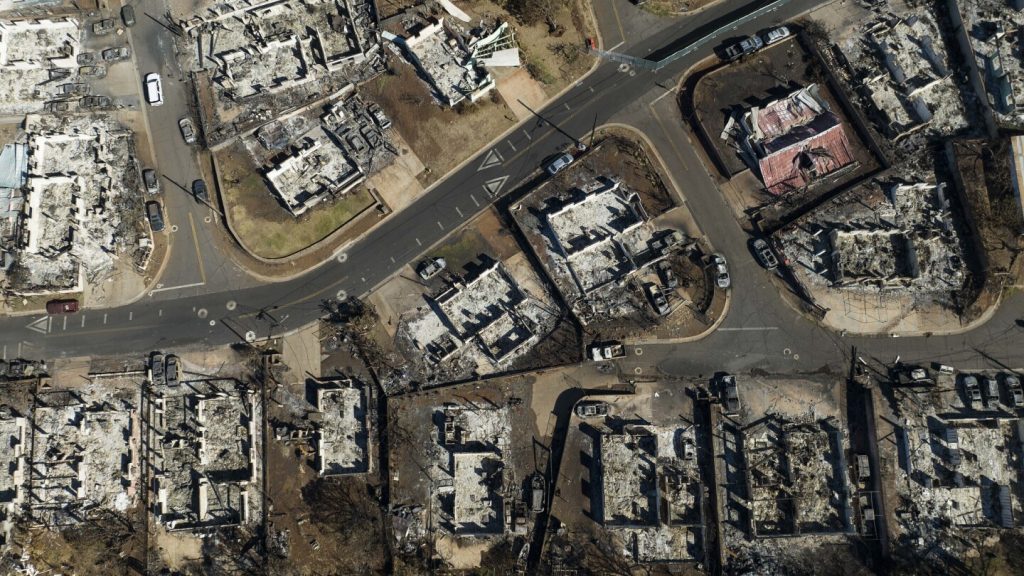The report released by investigators reviewing the emergency response to the wildfire that killed 102 people on Maui found that Hawaii officials did not make any preparations for the disaster, despite receiving warnings of critical fire weather. The lack of planning hindered efforts to evacuate the town of Lahaina before it burned. The report highlighted the lack of plans by key agencies such as the Hawaii Emergency Management Agency, Maui Fire Department, and Maui Police to deal with severe wildfire risks, leading to a chaotic response as the wildfire destroyed thousands of buildings.
The heroic efforts of firefighters and police who risked their lives to warn residents were undermined by the lack of planning, making this the deadliest wildfire in a century in the United States. The report serves as a wake-up call for state and county governments to learn from the past and urgently prepare for the future. Maui’s mayor stated that the report will help the county respond to future disasters and save lives. The lack of pre-event preparedness plans by the Maui Fire Department and the absence of a unified incident command post or action plan hindered response efforts during the wildfire.
The wildfire that destroyed Lahaina was ignited by power lines owned by Hawaiian Electric Co., and firefighters had limited access to the area due to steep terrain and unstable power lines overhead. With multiple fires burning on Maui that day, police focused on routine duties like traffic control, hindering evacuation preparations. The lack of communication between the police and fire departments, as well as issues with private contractors not being trained to use portable radios, further complicated response efforts.
The report highlighted unique challenges facing Hawaii and Maui, such as narrow roads clogged with parked cars and private dirt roads blocked by gates. Many older wooden homes were closely situated, making it easier for the fire to spread. Recommendations in the report included better vegetation management, establishing fire breaks, and providing alternate means of firefighting water supply for extreme events. The Maui Police Department was advised to develop safe evacuation procedures, while the fire department should establish operating procedures for bad fire weather to improve response capabilities in the future.
The report also noted a long pattern of apathy towards wildfire risk in Hawaii, where tsunamis and hurricanes are considered more pressing dangers. Nationally, Hawaii is not perceived as a fire-prone area, leading to a relative lack of investment in wildfire prevention, preparedness, and response capacity over the years. Despite previous wildfire incidents, policies and plans for responding to high fire danger were lacking in Maui. The report called for a change in mindset towards wildfire risk and emphasized the importance of preparedness in preventing future disasters.
Overall, the report serves as a critical evaluation of the emergency response to the Maui wildfire, highlighting the shortcomings in planning and coordination that contributed to the tragedy. It underscores the need for state and county governments to prioritize wildfire preparedness and invest in measures to mitigate the risk of future disasters. By implementing the recommendations outlined in the report, Hawaii can better equip itself to handle similar emergencies in the future and prevent loss of life and property.


